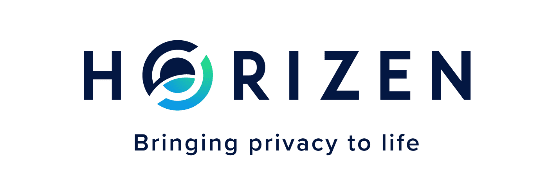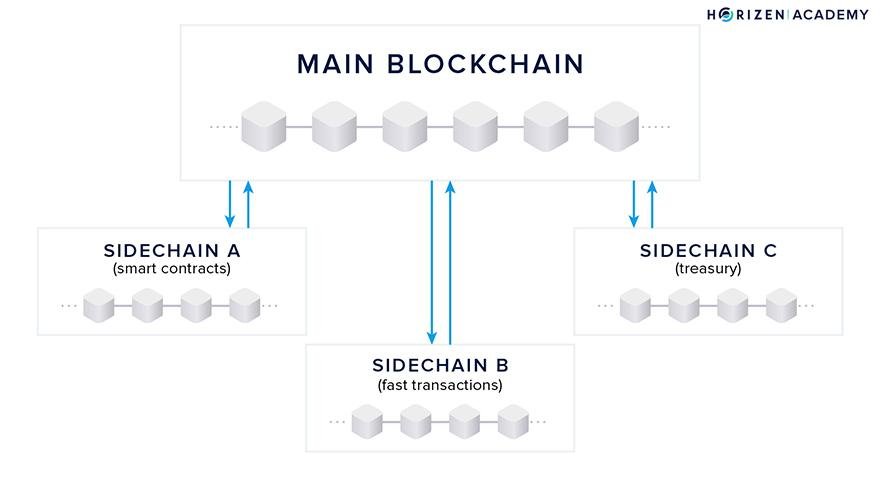Expounding Horizen's Impenetrable Network and ZEN Cryptocurrency

Horizen presents a riveting blockchain venture, courtesy of a team of developers with considerable crypto industry expertise. With a PoW blockchain supplemented by PoS sidechains, secure and supernodes, smart contracts, a focus on Web3, alongside private and public transactions, this project encompasses an extensive spectrum of options and possibilities.

The ZEN coin of the blockchain project Horizen was forged as a Zcash (ZEC) fork in 2017.Initially christened as ZenCash, the venture underwent a rebranding process in 2018, intending to establish its own identity distinct from its progenitor asset. Nevertheless, Horizen retains certain parallels to Zcash, with users from both platforms capable of executing both confidential and transparent transactions via two classifications of addresses: public 't' and private 'z'.
Horizen's mission
The team behind the project endeavors to engender an inclusive and accessible ecosystem, where every participant is duly rewarded for their contributions towards overall progress. The platform enables users to generate earnings from both PoW and PoS networks. It grants access to an array of activities including mining, staking, yield farming, supernodes, and even the means to develop personal blockchains.
The Zen Blockchain Foundation, an American establishment, steers the Horizen project. The crew comprises fifty professionals and experts in blockchain technology. Horizen's roadmap is revisited annually, invariably containing an exhaustive list of intended modifications and ground-breaking innovations.
Horizen's founders
The initiative was birthed by three visionaries:
Rob Viglione — a holder of a master's degree in finance and marketing, as well as an undergraduate degree in physics and applied mathematics. He has previously undertaken market research at Lanmark Technology and managed projects at the US Air Force. Presently, Rob fulfills the role of co-founder and CEO at Horizen Labs, in addition to serving as co-founder and team leader at Zen Blockchain Foundation.
Rolf Versluis – a co-founder and executive advisor to the Zen Blockchain Foundation. Rolf is a proprietor of an IT and cryptocurrency mining enterprise. His past experiences include stints at Cisco Systems and a semiconductor manufacturing establishment.
Jane Lippencott — a collaborator in creating the Whitepaper, the foundation upon which the blockchain was constructed. She has served on the board of directors at Cord and held positions at Celo, Open Web Collective, Katapult Accelerator, and Winklevoss Capital. Jane currently functions as a partner at a16z Crypto and co-creator of Nakamoto.com.
Features and benefits of Horizen
The fundamental departure from Zcash is that Horizen, beyond the standard Proof-of-Work and mining, affords users the opportunity to establish and profit from secure nodes and supernodes. In this venture, individuals aren't confined to the primary PoW network but can avail the benefits of PoS sidechains, facilitating asset staking.
Horizen represents an ecosystem of ZK blockchains. Leveraging the capabilities of Sidechain SDK tools, users can construct both private and public sidechains equipped with dApps and smart contracts, ensuring EMV compatibility. Interaction between blockchains is enabled by the cross-chain protocol Zendoo, while the cryptographic protocol ZK-Snark guarantees privacy.
Sidechain solutions
Horizen offers scalable solutions and a fully decentralized protocol, enabling the creation of completely independent L2-blockchains. This platform enables quick and affordable creation of various types of blockchains, including both public and private ones, as well as smart contracts and secure, decentralized applications for Web3. These are all built upon Horizen's fully distributed and secure public architecture, which ensures confidentiality.
Horizen's Sidechain SDK comes with all the necessary components for creating a fully decentralized blockchain that can be tailored to suit the users' requirements.
Zendoo, a zero-knowledge cross-chain protocol, enhances the sidechains' potential. It not only serves as a platform for tokenizing assets, but also facilitates the development of commercial applications, all while ensuring data confidentiality within the entire Horizen ecosystem.

Horizen blockchain network architecture. Source: horizen.io
Nodes in Horizen
Horizen ranks as one of the most decentralized networks in its category, boasting over 40,000 nodes of diverse formats. Node owners receive 20% of the total reward from each block. Horizen's geographically dispersed node network provides the vital infrastructure for the operation of sidechain ecosystems and decentralized applications.
Horizen's network is comprised of full nodes, secure nodes, and supernodes (akin to masternodes). To deploy a secure node, users need to stake 42 ZEN. Setting up a supernode requires a 500 ZEN stake, along with maintaining a consistent online status (at least 92% uptime for secure nodes and 96% for supernodes). This ensures high-quality maintenance of Horizen's blockchain and sidechains, as well as regular rewards from each block's creation.
Mining ZEN
ZEN is mined via a Proof-of-Work (PoW) using ASIC devices compatible with the Equihash algorithm. Blocks are generated every 2.5 minutes. The block reward is divided in such a way that 60% is allocated to miners, 20% to node owners, with the remaining 20% going to the project's overall fund. ZEN's halving event takes place every four years, similar to Bitcoin.
The maximum supply of ZEN is capped at 21 million, with over 13.64 million ZEN already in circulation.
ZEN trading and holding
ZEN can be bought and traded on numerous Centralized Exchanges (CEX) including Binance, WhiteBIT, Huobi, OKEx, HitBTC, Coinbase, and more. ZEN is currently not traded on Decentralized Exchanges (DEX).
Beyond exchanges, ZEN can be stored on its native desktop wallet, Sphere by Horizen, as well as on various universal wallets, including hardware wallets like Ledger and Coolwallet, and mobile wallets such as D'cent, DDT Wallet, Guarda, and more.
Conclusion
Horizen is a contemporary blockchain project offering a robust architecture, an extensive range of tools, and a comprehensive suite of features for its users. Considering that the roadmap for 2023 includes the creation of DeFi, NFT, DAO infrastructure and the release of Horizen 2.0, the project stands poised to significantly increase its user base and consequently, the trading volume of ZEN.
Recommended

